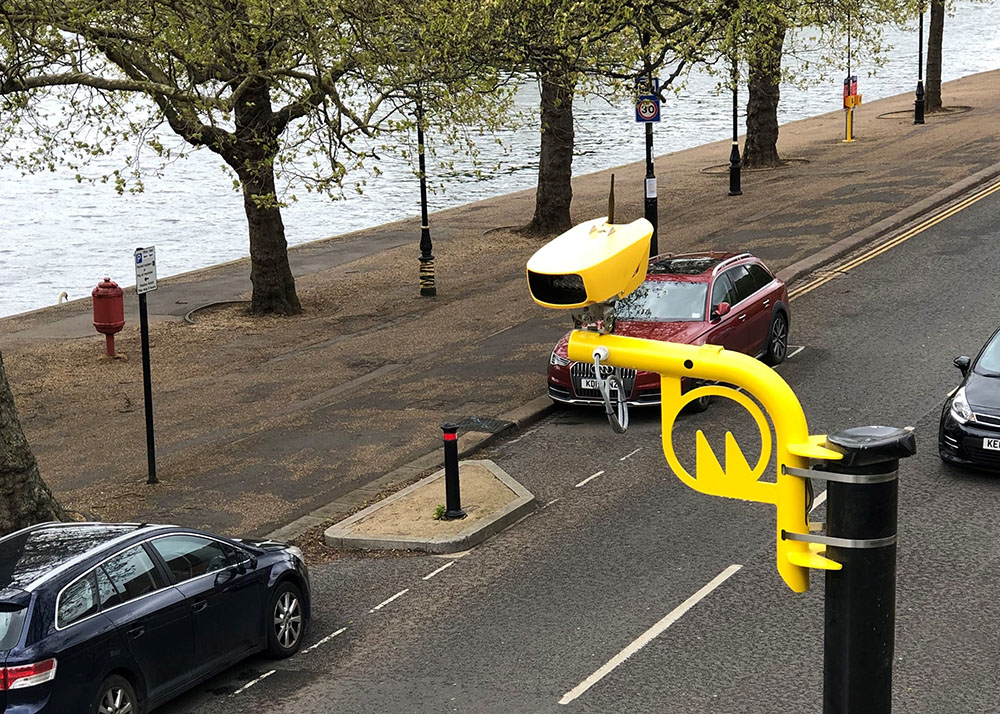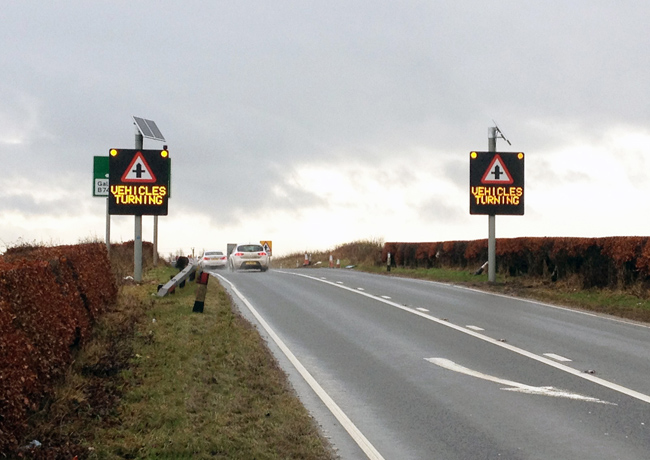
America’s
The NTSB report starts with the basics and questions the suitability of using 85th percentile speed of free-flowing traffic as the way of determining speed limits. It states ‘there is not strong evidence that the 85th percentile speed within a given traffic flow equates to the speed with the lowest crash involvement rate for all road types.’ Indeed it says raising limits to match the 85th percentile speed may lead to higher operating speeds, and thus a higher 85th percentile speed – effectively a vicious circle. It also highlights the availability of alternative approaches and expert systems that incorporate factors including crash history and the presence of vulnerable road users.
Significantly, it states that: ‘Speed limits must be enforced to be effective, and data-driven, high-visibility enforcement is an efficient way to use law enforcement resources.’ Furthermore, it adds that: ‘Automated speed enforcement (ASE) is also widely acknowledged as an effective countermeasure to reduce speeding-related crashes, fatalities, and injuries. However, only 14 states and the District of Columbia use it. Many states have laws that prohibit or place operational restrictions on ASE, and federal guidelines for ASE are outdated and not well known among ASE program administrators. Point-to-point enforcement, which is based on the average speed of a vehicle between two points, can be used on roadway segments many miles long. This type of ASE has had recent success in other countries, but it is not currently used in the United States.’
One of those other countries is the UK where the authorities are very keen on section or average speed enforcement and the use of this technology is increasing as the price of the equipment and communications continues to fall (see ITS International Nov/Dec 2016). Initially the systems were predominantly temporary deployments in work zones but having proved their effectiveness, the number of permanent installations is increasingly rapidly. One supplier,
Most installations use paired sets of cameras with ANPR to time vehicles over a measured distance but non-linear areas and even small towns can be covered. “It is simply a case of speed and distance. If you measure the distance between two cameras, then you can set up an enforcement system,” says Collins, adding the qualification that they must be contained within a single speed limit.
Deterring, rather than catching, speeding drivers is a major attraction because average speed enforcement brings about a change in driver behaviour that extends well beyond the measured sections. Collins says that even after taking into account known statistical anomalies such as regression to the mean, average speed systems typically result in a 36% reduction in speeding motorists and often this behavioural change can benefit the surrounding areas outside the measured section.
Data from many sites shows that there is a 70% reduction in the number and severity of people injured in the targeted sections and the average 85th percentile speed of vehicles is just below the posted limit. According to Collins, “typically only one in 10,000 journeys will result in a ticket being issued” and he added that this level of income would just about cover ongoing maintenance.
“The big savings come from the reduction in crashes, crash severity and casualties and when those savings are taken into consideration, these systems can pay for themselves in six months,” he says. With the UK’s Department for Transport putting the savings for preventing a serious road casualty at almost £220,000 and around £2million for a fatality, it is evident that the benefits can rapidly repay the cost.
Regular warning signs, of which Collins recommends four for each camera, remind drivers they are in an average speed zone, help increase compliance and counter any suggestion that the cameras have been placed ‘to catch out drivers.’
Austrian experience
“Section controls help definitely to increase discipline inside certain sections. Their success speaks for itself - road users are much more disciplined in section control areas,” says Christian Ebner, head of traffic management at Asfinag.
“In 2013 we reviewed the use of ten years of section control in Austria. In all cases where we used section control systems, the number of incidents with damage to persons went down. This means that numbers of crashes in controlled sections have decreased by 50%.”
This is ‘decisively true’ for the system in use in the Bindermichl tunnel system because although there are still roughly 100 accidents per year, these are rear-end collisions with vehicles travelling between 40 and 50km/h and result in few, if any, fatalities. “There are no more accidents caused by excessive speeds – and therefore no casualties or hard crash consequences in the aftermath of high-velocity crashes,” Ebner says.
As an example of how section control systems can save lives, he highlights the Kaisermühlen Tunnel on the A 22 Donauufer motorway. Since the system was first commissioned in 2003, there have been no fatalities and crashes have halved. The effect in another tunnel at Niedernhart, near the German border, is even more impressive as the crash rate has dropped by two thirds.
With such proven effectiveness in combating speeding America’s NTSB is urging the implementation of average speed technology. It is calling on the USDoT to complete the actions called for in the 2014 Speed Management Program Plan and for the
Some of its strongest recommendations are to the 35 states that prohibit, or do not have laws regarding automated speed enforcement. To them the message is simple: amend your laws.










